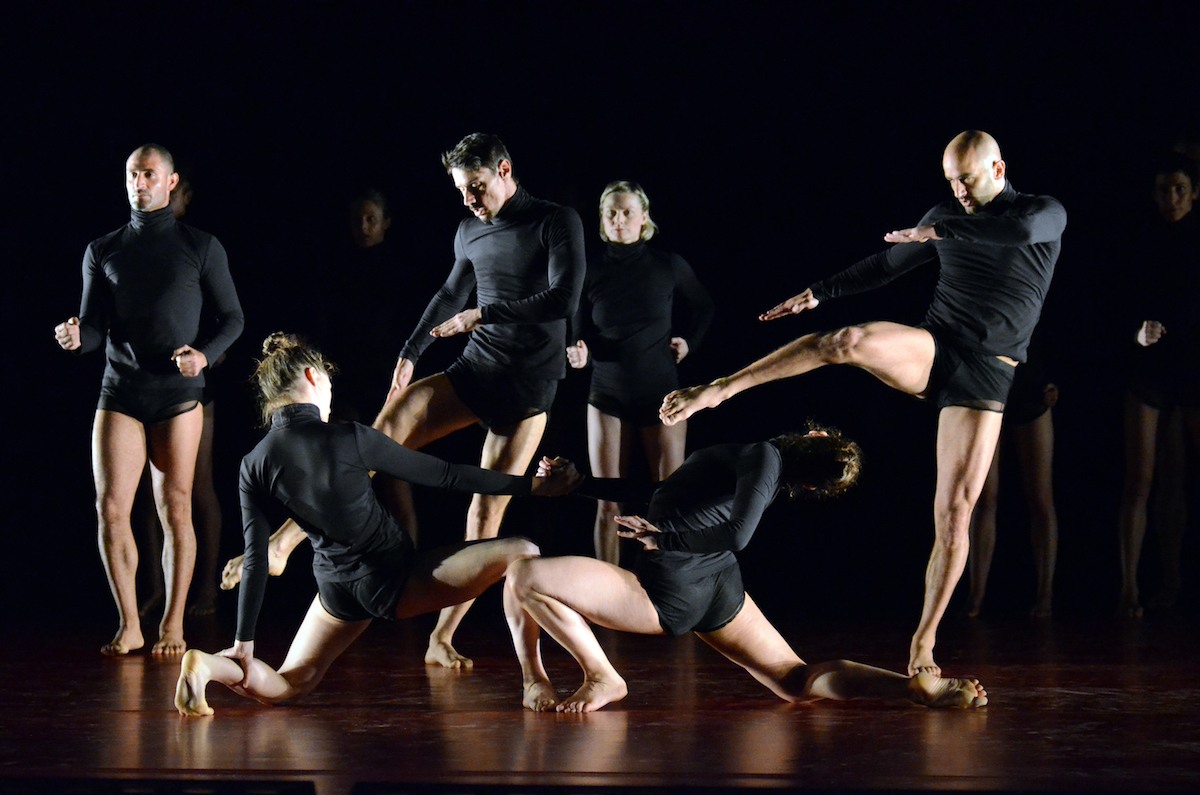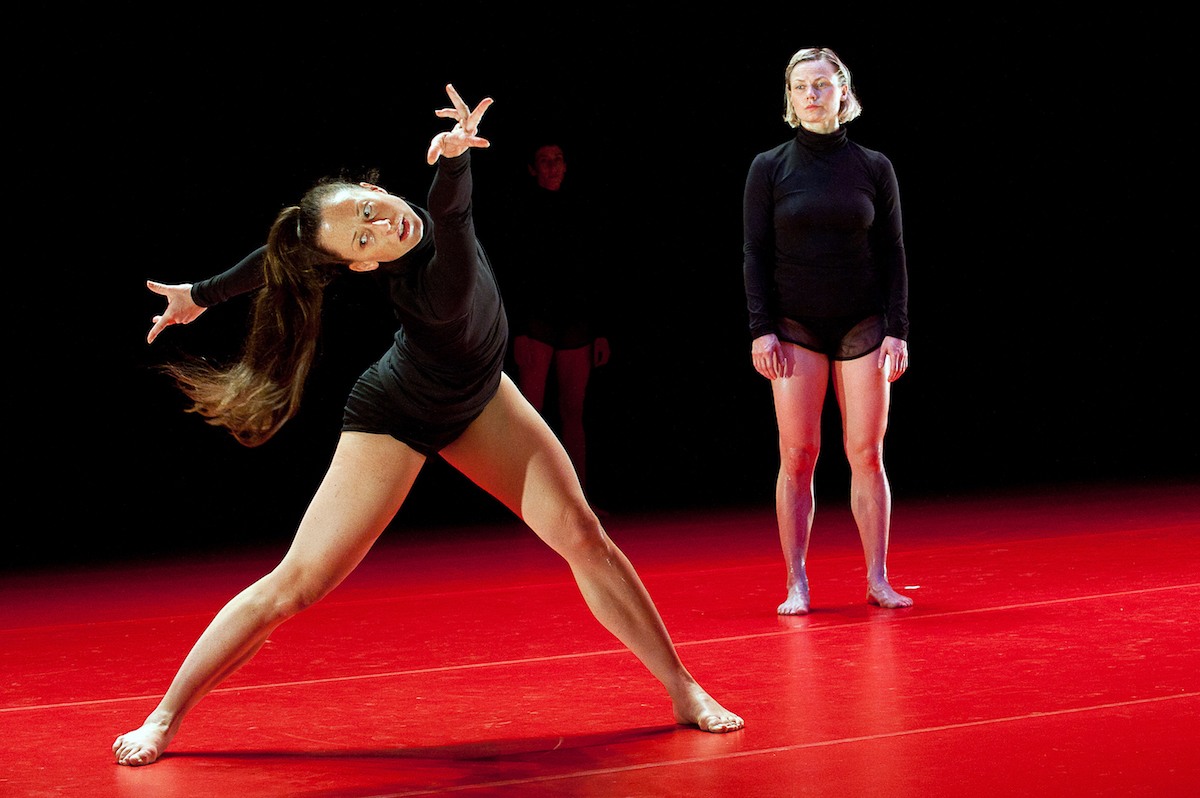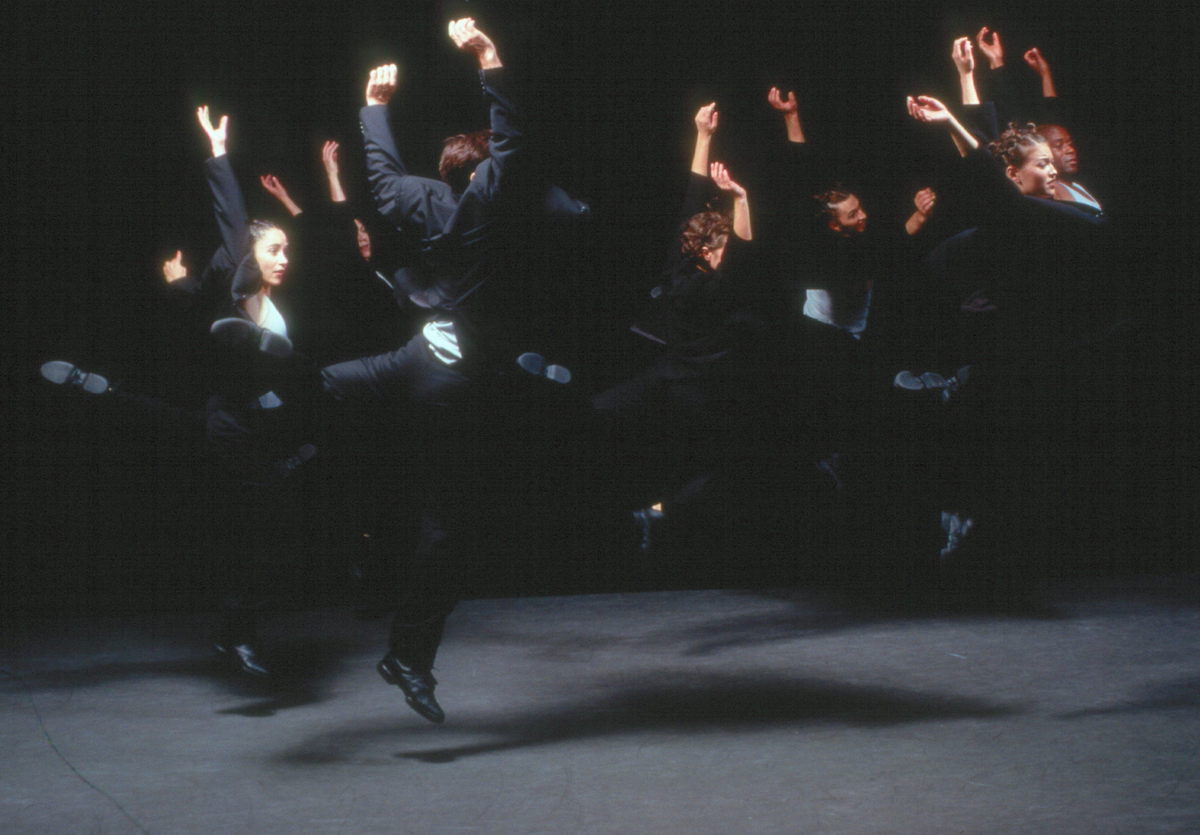Introduction
The hub of Israel’s dance scene is the Suzanne Dellal Center, a sprawling campus in Tel Aviv dotted with date trees, steps away from the Mediterranean coastline. It’s about as far as you can get from the barns and ponds of Jacob’s Pillow, yet in recent years there’s been a strong pull between the two dance destinations as Israeli artists have become frequent visitors to the Berkshires, trading palm trees for pine trees and finding a second artistic home here. But that tight relationship has been decades in the making.
The roots of concert dance in Israel pre-date the establishment of the country when artists like Baruch Agadati immigrated from Eastern Europe to what was then known as British Mandate Palestine. There, Agadati introduced stylized folk dances like the Hora Agadati, an ancestor of the awkward wedding dance we know today. These were widely adopted by Jewish residents of the kibbutzim, or agricultural collectives, and helped make dance a part of the developing Israeli national identity. Meanwhile, immigrants from Western Europe, like Gertrud Kraus, a disciple of Rudolf von Laban, brought forms like German Expressionism to the growing Jewish settlement.
After Israel’s declaration of independence in 1948, a modern dance scene flourished. In 1949, the Inbal Dance Company was founded, initially presenting a theatrical version of Yemenite dances. Later, the support of American dance luminaries like Anna Sokolow, Jerome Robbins, and Martha Graham, who helped found the Batsheva Dance Company in 1964, would bring Western training and aesthetics to the country. Despite this flurry of activity and international acclaim, it would take nearly half a century before Israeli artists began making regular visits to Jacob’s Pillow.
The Batsheva Effect
Of course, some Israeli dance artists passed through in the meantime, most notably Hadassah (the stage name of Hadassah Spira Epstein) who moved to New York in the 1920s from Israel and who taught at the famed progressive arts collective, New Dance Group. She also trained with Jack Cole and performed at the Pillow several times between 1951 and 1961. Nearly two decades passed before another Israeli ex-pat in New York, Ze’eva Cohen, performed at the Pillow. Cohen, a student of Sokolow’s, danced in a work called Mothers of Israel that was choreographed by Margalit Oved, a star of Inbal Dance Theatre who had since relocated to California. The work, like many early modern dances coming out of Israel, took inspiration from Biblical figures, making dance a unique bridge between the young country’s 20th century cultural identity and its ancient religious roots.
Additionally, Israelis who went on to make their mark back home and in the United States trained or taught at the Pillow, including Rami Be’er, the director of one of Israel’s most prominent troupes, the Kibbutz Contemporary Dance Company, and Igal Perry, an alumnus of the Bat Dor Dance Company, who founded the Peridance company and school in Manhattan and who taught and choreographed here in the early 1980s, returning to the Pillow faculty several times more beginning in 2010.
In Israel, an exciting new epoch of dance began in 1990 when Ohad Naharin, a brash young dancer who had been living and choreographing in New York, returned to take the helm of Batsheva, where he had briefly danced. Naharin infused the company with a sense of urgency, angst, wit, and a melancholy beauty, as well as with his dark humor and eccentric physicality. Israelis were mesmerized, and soon so were dance fans around the world.
Naharin’s work was first performed at the Pillow in 1994 when Nederlands Dance Theater 3 presented Off White, a comical duet on a small trampoline. A year later, the Batsheva Dance Company made its first visit to the Pillow (and its first to the United States under Naharin’s leadership) performing Naharin’s intoxicating Mabul, which led New York Times critic Anna Kisselgoff to declare the troupe “a company reborn.” She added that the work exudes “ceaseless originality” mixed with “eye-riveting energy.” That engagement announced to Pillow and American audiences a major international choreographic voice.
Batsheva returned in 2004 with Decadance (or Deca Dance), a compilation of excerpts from 10 of Naharin’s dances, stitched together to create a thrilling, multi-faceted new theatrical experience, a rollercoaster of moods that veered from silly to serious and back again. Noticeably on this visit, the company also presented Love, by longtime Batsheva dancer Sharon Eyal, who was something of a muse and protégée of Naharin’s and who served for a time as Batsheva’s house choreographer. With Eyal came another distinct Israeli voice—this one a bit groovier, sexier and weirder. In 2013, after Eyal had left Batsheva to start her own company with Gai Behar, that company, called L-E-V, made its U.S. debut at the Pillow with the seductive work House.
In between these visits, Naharin’s singular creations became more familiar to Pillow audiences through repertory companies like Hubbard Street Dance Chicago, who performed several of his works in recent years, including a new version of Decadance in 2018 made especially for Hubbard Street. One of the excerpts presented came from an intense 2001 work called Naharin’s Virus, which The Young Ensemble (Batsheva’s junior company) also performed at the Pillow earlier that same summer. That double-header was a stark illustration of how influential and ubiquitous Naharin has become.
“All the works are constantly being evolved”In a post-performance talk with Brian Schaefer during the Young Ensemble’s engagement, Naharin discussed the continuing life of a work and why even a seemingly older work like Naharin’s Virus is still a living thing. “All the works are constantly being evolved,” he said. “A lot has to do with the fact that I’m given time to look at what I sometimes consider weak in the piece, something I’d like to change, new ideas I have.” And that’s also why it never gets old to see a Naharin work at the Pillow.
The Next Generation
The revitalization of Batsheva under Naharin helped spawn a generation of dancers and choreographers that have gone on to create highly original work and start companies in Israel and around the world. In the past two decades, Pillow audiences have had the opportunity to see more of this work as these artists have developed international reputations in their own right.
In 2001, Inbal Pinto, who had danced with Batsheva in the 1990s, brought to the Pillow her work Oyster, a fantastical snow globe of a dance that blended the comical characteristics and rich, shadowy aesthetics of circus and vaudeville to create a beguiling world with hints of sadness and the sublime. Zvi Gotheiner, another alumnus of the company who relocated to New York in the 1980s, brought his company, ZviDance to the Pillow in 2004 and 2016.
In 2008, Batsheva alumnus Hofesh Shechter, brought his London-based company to Becket in a thrilling all-male work called Uprising which explored the animalistic impulses of men, the fine line between combat and camaraderie, and the ever-present possibility of rebellion. Shechter’s work maintains the crackle of human intensity and the atmospheric foreboding that hovers over much Israeli work. (Shechter returned to teach at the School at Jacob’s Pillow two years later, and his work has also been performed here by the Los Angeles-based company BODYTRAFFIC.)
Though Barak Marshall never danced for Batsheva himself, he served as the company’s first house choreographer from 1999-2001. It wasn’t until 2010, however, that he made his Pillow debut with Monger, an alternately playful and frenetic series of vignettes that exemplify Marshall’s knack for mixing myth, nostalgia and sharp, evocative gestures.
Marshall’s work was also seen at the Pillow in 2013 by BODYTRAFFIC, which featured his mother, Margalit Oved. Yes, the same Oved who graced the stage for Inbal in Israel in the 1950s and whose work appeared at the Pillow in 1979. The story of Israeli dance at the Pillow is quite literally a family affair.

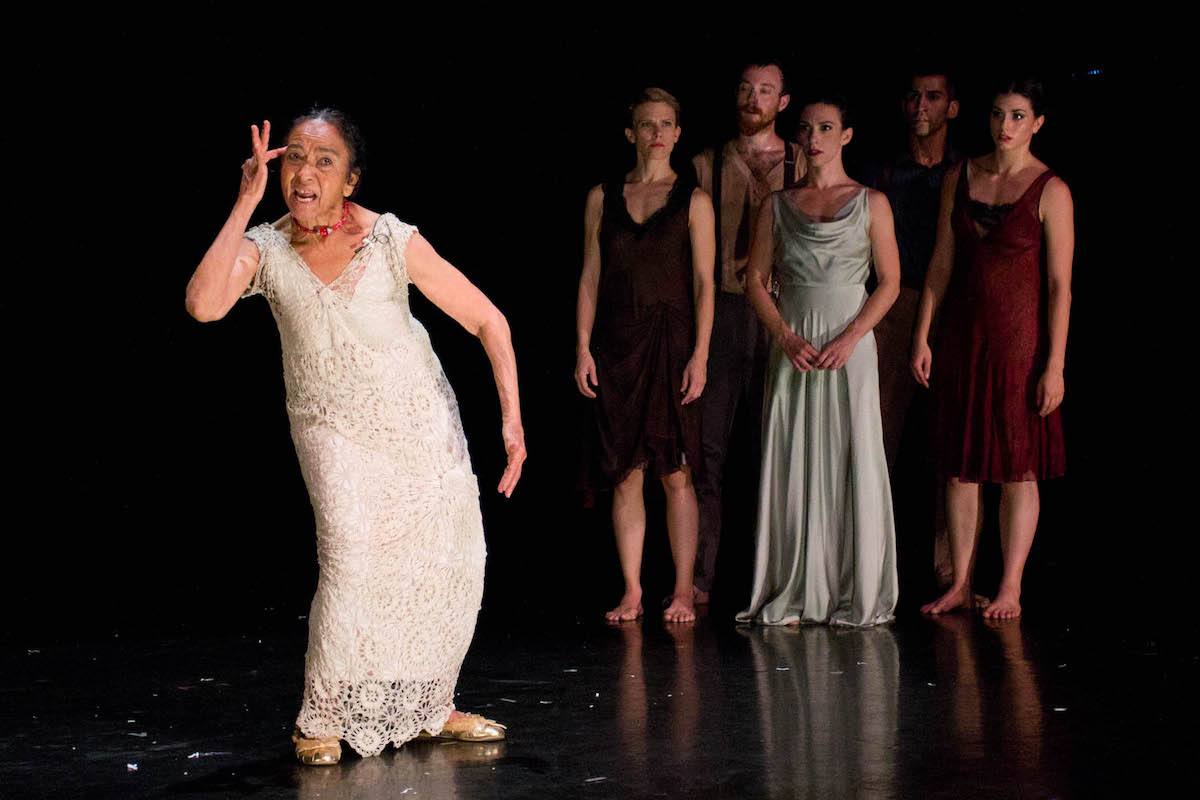
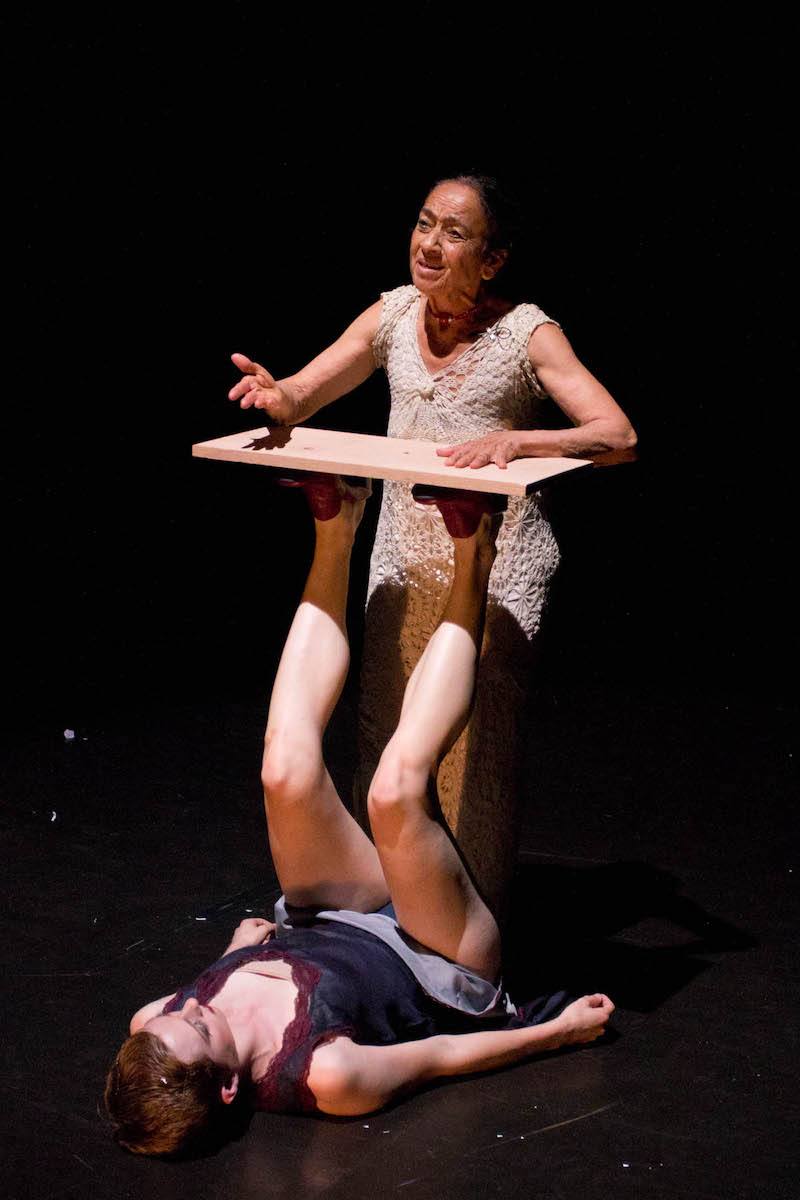
For nearly a decade, Danielle Agami was a captivating interpreter of Naharin’s work as a Batsheva dancer until she moved to Los Angeles and established the dance company Ate9, which was presented at the Pillow first on the Inside/Out stage and then in the Doris Duke Theatre in 2017. Like other alumni of the company, she is both carrying on and modifying the Batsheva strand of Israeli dance DNA. Of course, that strand is just one of many. In the past two decades, Pillow audiences have experienced several others.


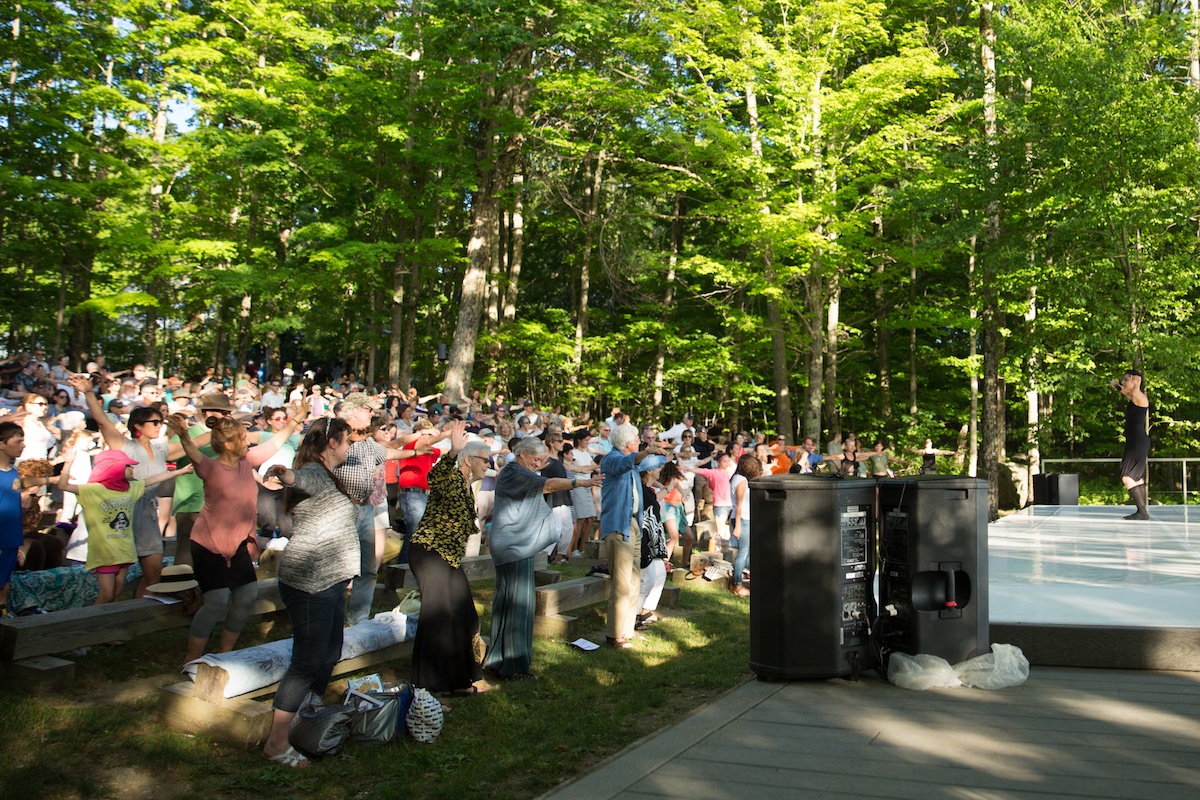

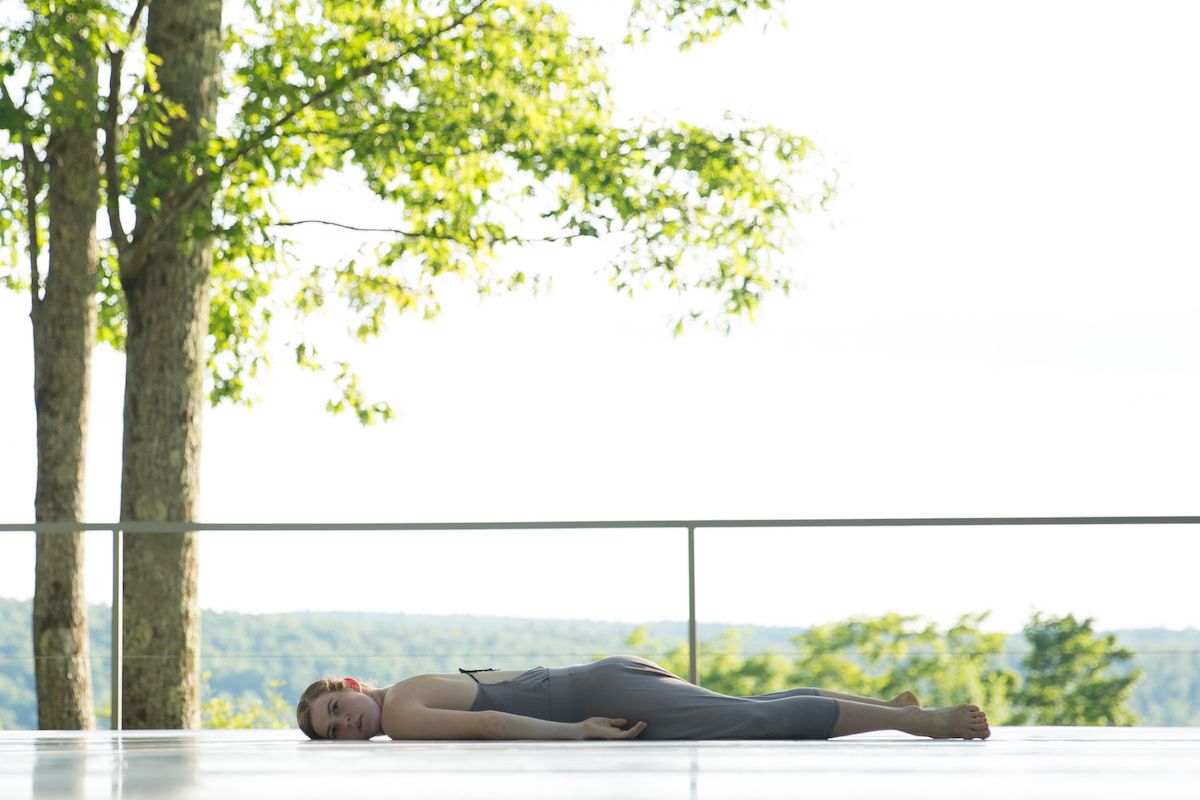

In 2006, Emanuel Gat, an Israeli choreographer based in France, brought his version of The Rite of Spring to the Pillow. One of his dancers, Roy Assaf, has gone on to be a choreographer of note as well and presented his own work here in 2018—including The Hill, a moving trio for three men that evokes the complex brotherhood of the Israeli military. In 2012 the Pillow hosted the haunting Mana by the Vertigo Dance Company, one of Israel’s top troupes, and in 2014 co-commissioned a work from LeeSaar The Company, Grass and Jackals, directed by Israeli ex-pats Lee Sher and Saar Harari.
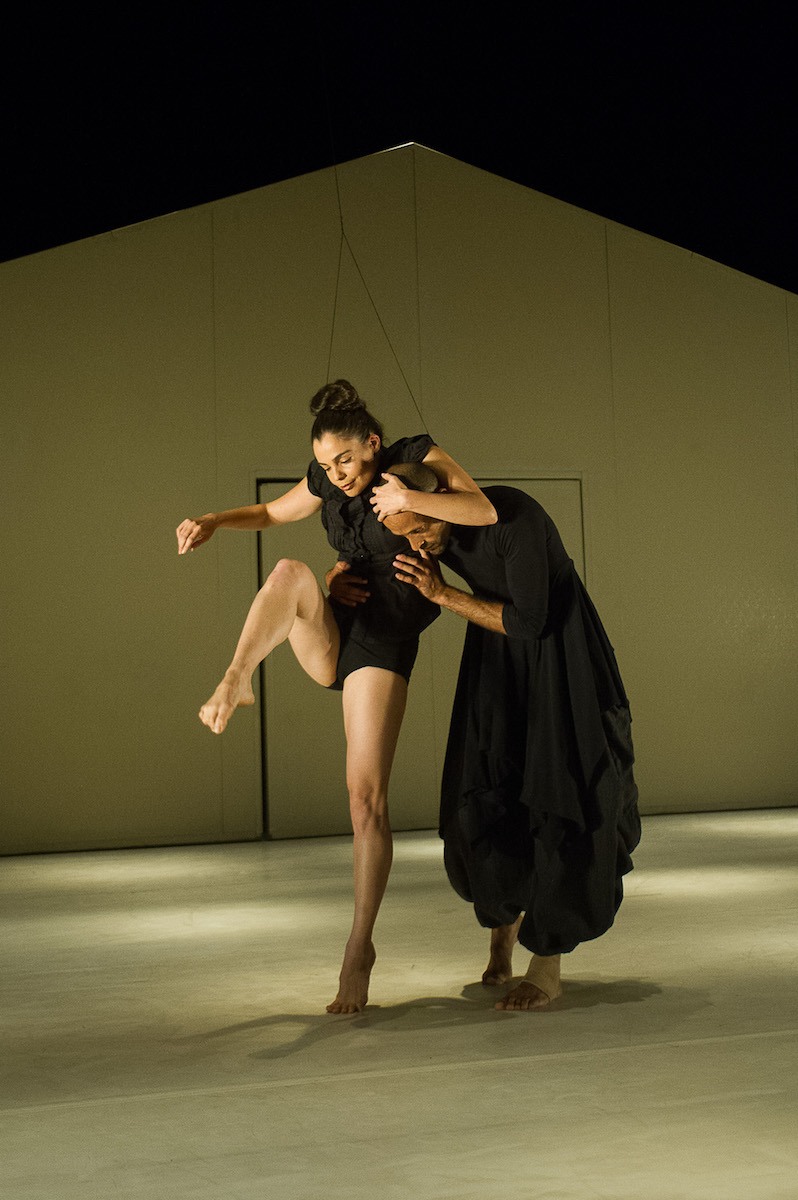
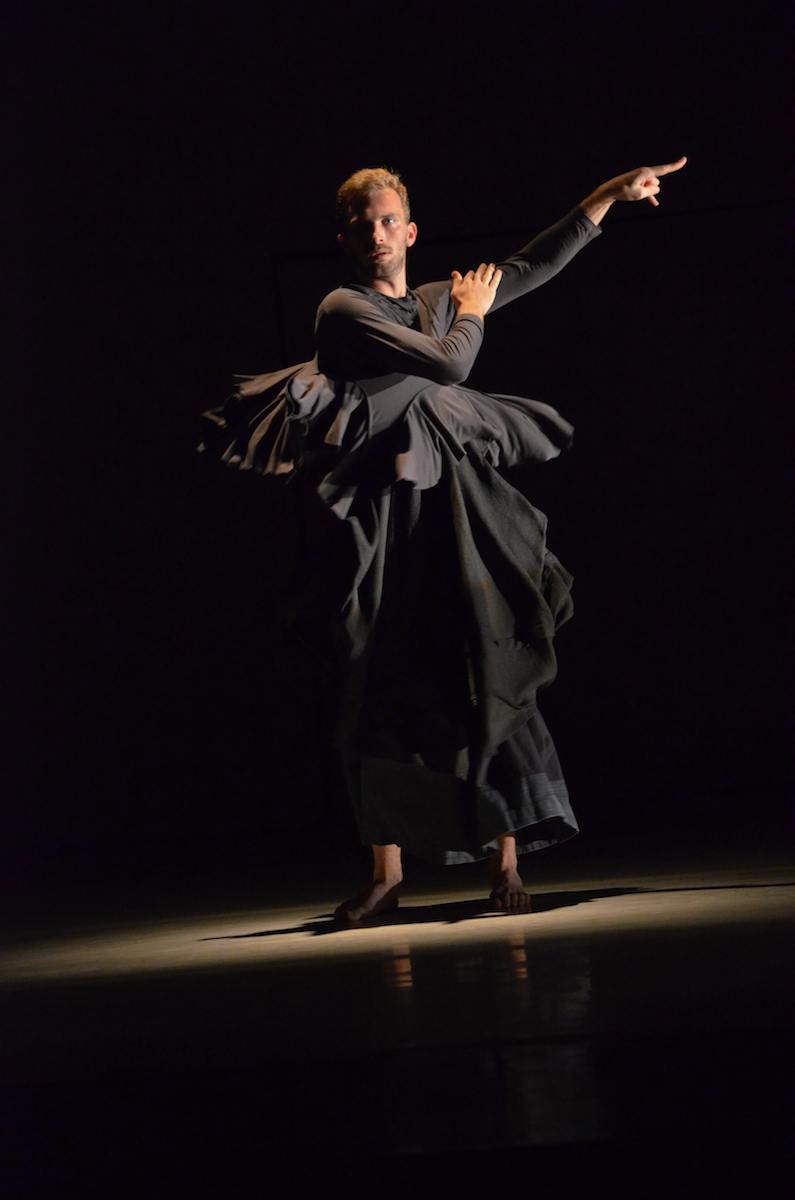

Clearly, not all of the energy and creativity coming out of Israel stems from Batsheva—independent artists unassociated with the company are also responsible for the sizeable wave of vital work that has come from the small Middle Eastern country to the Berkshires, most of it concentrated in the 21st century.
“When you’re not sure where your borders are, you’re not sure where your space is, it affects how you look at the space you’re dancing in.”And from them, we begin to see a more complicated picture of a society struggling to understand itself. In a 2012 PillowTalk, scholar Judith Brin Ingber, editor of the anthology Seeing Israeli and Jewish Dance, talked about how the political reality of Israel makes its mark on Israeli dance. “When you’re not sure where your borders are, you’re not sure where your space is, it affects how you look at the space you’re dancing in.”
Going Gaga
After suffering a serious back injury when he was dancing, Naharin sought a new relationship with his body—one that was gentler, more intuitive, and that still allowed for a range of dynamics in regard to speed and intensity. Over several years, beginning shortly after he returned to Batsheva, Naharin created a language to communicate his exploration and eventually gave his research a name: Gaga. Naharin has said he liked the sound of the word, that there was something playful and innocent about it, like the sound a baby makes.
Gaga is about listening to the body and letting it lead, rather than forcing it into certain positions and pushing it beyond its limit. Within a few years of its development, Gaga became Batsheva’s primary mode of training. Gaga is now taught all over the world and has become popular with dancers globally, including at the Pillow. In 2018, the School at Jacob’s Pillow initiated its first Gaga Program, a two-week immersion into the philosophy of Gaga and an introduction to how Naharin applies it to his choreography.
A Gaga class is like an hourlong guided meditation through movement. Mirrors are covered so you can’t examine and critique yourself. No observers are allowed; everyone in the room must participate. In the class, the facilitator offers images to interpret: she may ask you to trace a marble rolling from one arm to the other, or slap yourself all over to bring the sting of awareness to your entire body, or wriggle on the ground like a noodle in boiling water.
Gaga is an exploration that is about “the connection of effort and pleasure, about dynamics, about texture, about delicacy, about letting go, about their explosive power.”Gaga is a study in extremes: It walks the line between control and chaos, between delicacy and strength, between speed and stillness. And that quality is what gives Batsheva’s performances a unique blend of smooth and sharp, sensual and detached, fragile and ferocious. It’s a characteristic that has infused the work of many Israeli choreographers, though they apply the tools in different ways, painting different pictures and capturing different moods.
As Naharin told Schaefer in a 2018 PillowTalk, Gaga is an exploration that is about “the connection of effort and pleasure, about dynamics, about texture, about delicacy, about letting go, about their explosive power.”
And Gaga has caught on with non-dancers as well. A Gaga People class, as it’s called, welcomes everyone—from dance neophytes to octogenarians to wheelchair users. There are current efforts to study the benefits of Gaga for people with various neurodegenerative disorders as well. And it’s accessible to all because the goal of Gaga is not to achieve a particular position or conquer a certain move but rather to awaken the body’s internal sensors and guide them to exploring various, sometimes opposing, dynamics.
Conclusion
The support of American artists like Martha Graham and Anna Sokolow helped lay a solid foundation for contemporary dance in Israel in the middle of the 20th century. Half a century later, the artistic fruits of that investment began to make their way back to the United States. And Jacob’s Pillow became an important home for a generation of Israeli artists.
For nearly 30 years, Ohad Naharin and the Batsheva Dance Company have been an outsize influence on the development of the dance scene in Israel, but a number of independent artists have also expanded what Israeli dance looks like today. At the Pillow, Israeli artists have presented fantastical visions of peculiar worlds, darkly comic commentary on relationships, and both sly and serious reflections on the conflicts in their home country.
Naharin’s movement research, Gaga, has given much movement from Israel a recognizable look—quirky and virtuosic and profound—but it would be unfair and inaccurate to put everything under his umbrella. Israeli artists are keen to reject convention; they like to play with expectations and then subvert them. They continue to surprise us with their physical inventiveness and capacity for humor.
The growing collection of work by Israeli artists that have been seen at the Pillow in recent years has helped us expand the definition of what “Israeli dance” looks like. If previously we imagined that it had some association with the communal circle dances of the country’s early years, then the wry, sophisticated, sexy and fiercely individual Israeli artists presented by the Pillow have disabused us of that notion. Through its contemporary dance, we see a contemporary Israel. Through dance, we have watched a country grow up.


